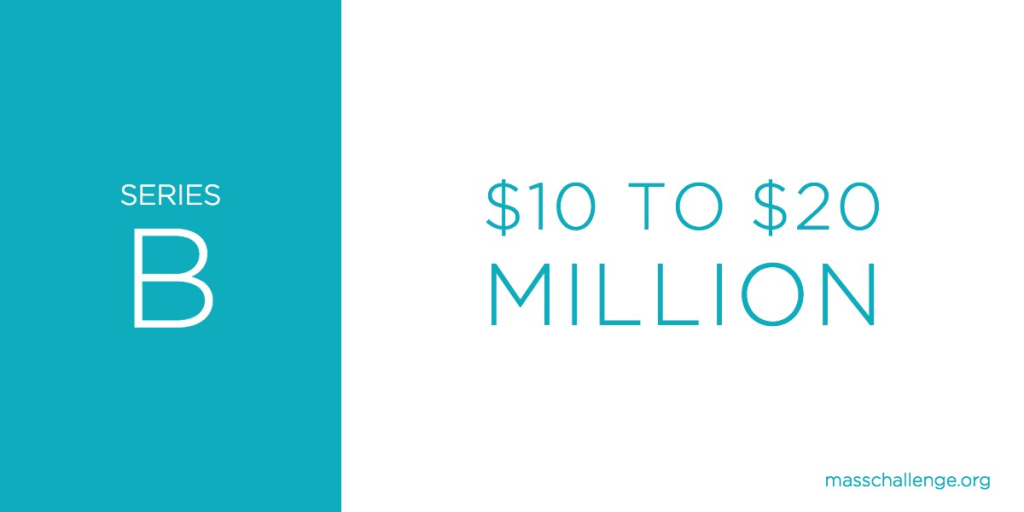Series B is the critical stage for startups because at this stage the firm has gone through multiple funding rounds. Now they have to prove themselves to other markets to achieve better and higher. In this article, we will discuss everything about Series B valuation.
If you want to learn about Series A first, head over to our article that we have previously covered: https://startupnoon.com/series-a-funding/

Seed Funding, Series A, Series B, and Series C fundraising rounds are the progressive rounds of funding for a corporation. In most cases, the Series B Round occurs after the company has passed certain milestones in its development and is no longer in the startup stage.
Series B Cost
The company is normally well on its way to becoming a well-established business at this point, with well-managed manufacturing, active promotion and sales, and people actively purchasing the product. This round’s key goal is scalability. Traditional venture capital firms, as well as venture capital firms specializing in later stage investments, typically fund Series B rounds. The same firms who led the Series A round are frequently in charge of the Series B round. A Series B round can raise anything from $7 million to tens of millions.

During this phase, most companies strive to achieve at least one of the following objectives,
- Expansion of the office facilities and hiring of more employees to handle growing day-to-day tasks.
- Capitals are often needed to expand the company internationally. Before this round, the company was mostly targeting a few regions but at this stage, they started to target on a national or global stage.
- Purchasing other companies or intellectual property in order to broaden product options or improve operational efficiency.
- Expanding the client base to new demographics, regions, or countries entails expanding the product to new customer bases.
How VC’s Choose a Company for Series B Valuation
In any possible startup, data-driven structures occupy a crucial role for venture capital and Series B funding. Metrics provide a visual and analytical picture of the rate of a company’s processes. Venture capital can inspect, study, and scrutinize the obtained data quality to make effective decisions with an accurate and dependable type of metric data. Using data analytic tools to track the return on your investments allows you to make informed decisions.

Metrics are essential elements. Present investors with a clear data room that includes all of the indicators used to track the firm. It’s not necessary to list all of the measurements. To save the investors’ time, you can mention a few.
Common Metrics Involved in Series B Funding
- Revenue Generation
The invested money is typically bigger than earlier seed capital or Series A rounds, Series B venture capital includes a higher revenue amount. The rate of revenue term seeks to elevate wholesome company benefits with proactive and effective financial management terms. If handled correctly, the positively contributing venture capital financing generates additional income, which improves the financial position of the organization.
- Performance
The company is ideally in a stage of development when general operations have solid skills, procedures, and improved feasible methodologies for expansion. The Series B valuation follows the Series A funding phase. It comes with a lot of expertise working with bigger investors, running a business, developing better business strategies, managing revenue, and generally improving company performance.
- Risks
At practically all levels of our varied business operations, risks are always there. When the company is considerably healthier than it was in its early stages during Series B, investors should face fewer risks because they can anticipate the company value using any available data.
Series B Valuation
Investors are more willing to spend more at this stage because the company is already growing. The majority of them require funding to improve their research and development, sales and marketing, and product design divisions, among other areas.
A person cheering after receiving funds
Since Series B develops the majority of firms, the valuation is a little larger, and business owners can establish their validity once they approach investors. Series B funding runs from $10 million to $20 million, depending on the industry, and greater sums by established companies may begin to attract private equity. Series B valuations are based on the company’s sector performance, revenue forecast quantities, and other assets such as intellectual property.
Challenges
If you are unprepared to convince the investors that you deserve investment, getting a Series B round can be difficult. When preparing your firm or startups for a Series B round, having some clarity would be beneficial.
For both startup founders and potential investors, this investment phase can be perilous. Because the company has most likely not reached its full potential, it may be cash-strapped. Failure to acquire series B funding could be the death knell for some firms, and they may never be able to recover.

Some investors are holding off on investing because they want to see if the entrepreneur can effectively navigate the company’s current issues. These are the people that invest early in a company with seed money or a series A round, then wait to see if everything goes as planned. If everything appears to be going well, the venture capitalist may decide to invest in a series B round. Due to investor apprehension, you must ensure that you understand how to persuade supporters to invest in your company.
Can’t Close a Funding Round
You’ll quickly run out of cash if your firm doesn’t get a Series B round. This is not, however, the time to be alarmed. Consider every technique in the book to bring the round to a close. You’ll find a way if you believe your startup deserves to be funded. “Near-death experiences” occur in every business that eventually succeeds.
These are only wake-up calls for a determined creator. It’s either now or never to recommit to your initial idea. The majority of successful entrepreneurs will advise you to fight every day until you run out of money.
Conclusion
The purpose of Series B is to help your company scale up and manage teams. Since your Seed Funding or Series A rounds, the funds have been especially helpful in stabilizing operations and facilitating the company’s growth. Even while funds from a Series B round are bigger than those from a Series A round, and even more so than seed fundraising, impressing investors and meeting their unique investment limits may need a lot of preparation and overall efforts.

